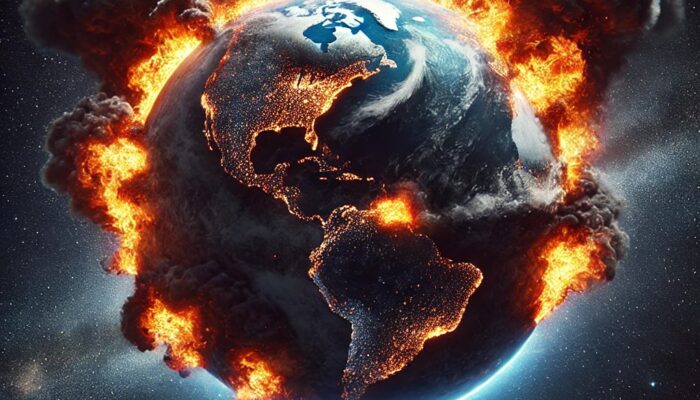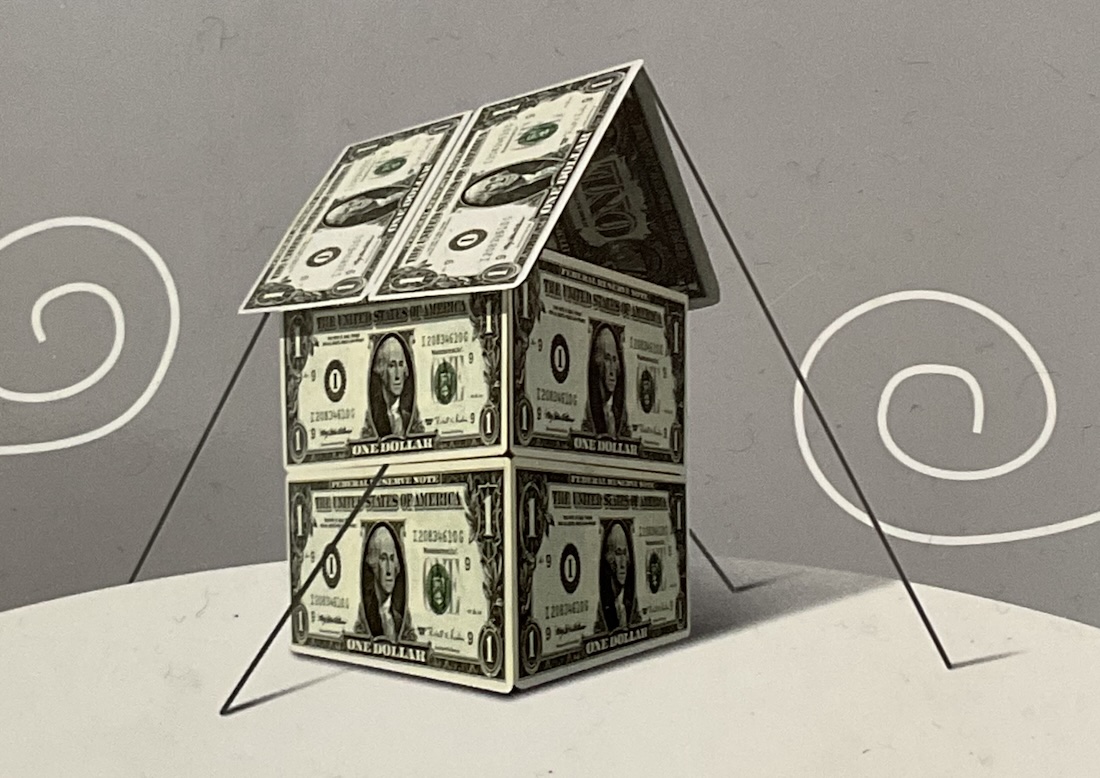The Existential Threat of a Debt Deflation Depression

Posted October 8, 2024
Total Credit in the United States hit $100 trillion during the third quarter, a 100-fold increase in 60 years. This must be viewed as history’s greatest Credit Bubble.
Should this Credit Bubble pop now, the resulting Debt Deflation Depression would bring about a catastrophic economic and societal collapse that our civilization would not survive.
This week’s Macro Watch video details how that cataclysm would play out assuming the government failed to intervene to stop it – as President Herbert Hoover’s administration failed to do when Credit began to contract in the early 1930s.
The collapse would begin with the private sector defaulting on its debts again. Without government intervention, ALL the banks would fail (as they almost did in 2008). And without government intervention in the form of deposit insurance, everyone’s bank deposits would be entirely wiped out.
Most corporations and small and medium-sized enterprises would go bust. Unemployment would skyrocket to 30%, 40%, or higher. Consumption would crash. Investment would cease.
The size of the economy would shrink by more than 50%. Most stocks and pension plans would become worthless.
Government tax revenues would largely evaporate. Therefore (and, again, assuming no government intervention), there would be no money for Social Security, Medicare, Medicaid, Infrastructure, or the Military.
That would result in hunger and, most probably, political revolution within the United States, and the elimination of all US military bases and all US military and political influence abroad.
International trade would more or less end. The global economy would implode.
Starvation would be widespread around the world. Revolutions and wars would ignite in all corners of the planet as every general with an army would scramble to conquer enough land to feed his followers. Nuclear weapons would determine the outcome of many wars.
Plague and Pestilence would follow.
In short, our Civilization would collapse, and most people wouldn’t survive.
Think The Dark Ages, but radioactive.
That is how things would play out if our $100 trillion Credit Bubble pops and the government fails to intervene.
Luckily for us, however, that scenario is very unlikely because the government will intervene whenever necessary to keep the Bubble inflating just as it did in 2008 and 2020.
The video concludes by explaining the best and least costly way for the government to intervene is to act preemptively to prevent economic crises before they occur.
This video is the seventh in the Creditism 101 series. It is 20 minutes long and has 36 charts that can be downloaded.
This series will explain everything necessary to understand how our economy really works in the 21st Century.
The first seven videos provide a big picture overview of how Creditism evolved out of Capitalism and how it differs from Capitalism. They serve as an Introduction to this Macro Watch series.
Future videos in the series will take a deeper dive into the mechanics of how Creditism actually functions.
With that knowledge, the Macro Watch community will be able to make better investment decisions during the months and years ahead.
Macro Watch subscribers can log in now and watch all seven of these videos, along with more than 100 hours’ worth of other videos in the Macro Watch archive.
If you have not yet subscribed to Macro Watch and would like to, click on the following link:
For a 50% subscription discount hit the “Subscribe Now” button and, when prompted, use the coupon code: Hoover
CLICK HERE to see a list of all the videos in the Macro Watch archive.
A new video will be added approximately every two weeks.
Please share this blog post on LinkedIn, Threads, Facebook, and X.

